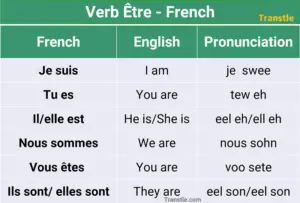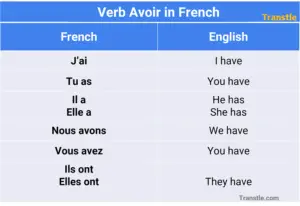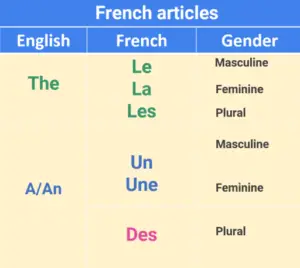French Sentences: Simple Guide, Structure, Examples, Exercises
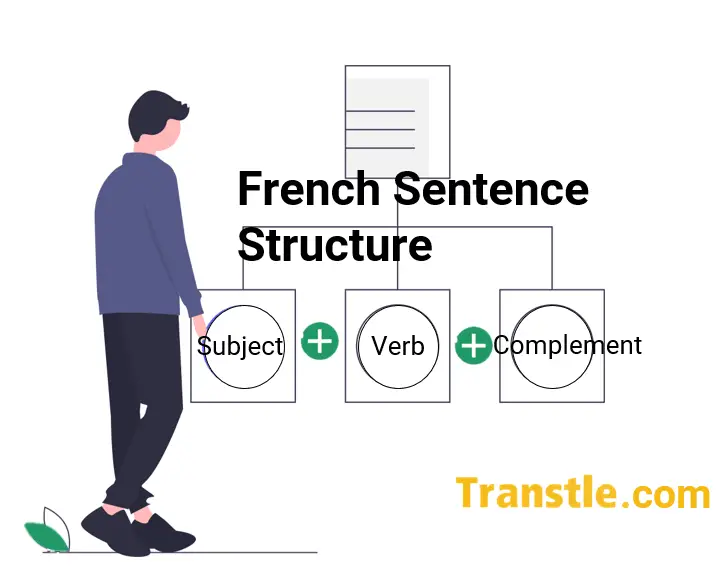
In French, as in any other language, a sentence (une phrase) is a group of words that expresses a message. The structure of a sentence refers to the order of these words to convey a coherent message.
Sentences can be classified as:
- Affirmative
- Negative
- Interrogative
The affirmative sentence, the most basic of all, follows the fundamental structure of subject + verb + complement.
For example: “They (subject) want (verb) to go to the park (complement).”
This structure serves as a basis for building more complex sentences by adding modifiers, adjectives, adverbs and other grammatical elements that allow for more precise meanings and nuances to be expressed.
Elements of the sentence
- The subject is the person, animal or thing that performs or experiences the action.
- The verb is the action or an act, or state that the subject performs or experiences, e.g. living, walking, expressing, eating, etc.
- The complement accompanies the verb by giving qualities or specifications, such as time, place, mode, for example, “I put the book in my bag“
How to form sentences in French
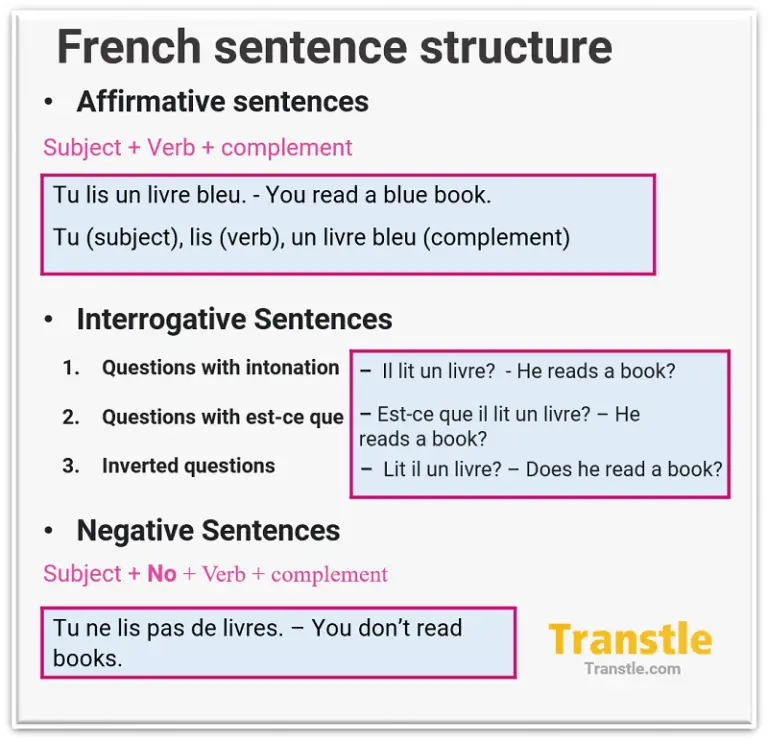
Affirmative sentences
The affirmative sentence in French is formed following the structure subject + verb + complement.
Examples
|
Interrogative sentences
An interrogative sentence is one that asks a question and there are different ways to structure them.
a. Question with intonation
It has the same affirmative structure but in a question tone.
Subject + Verb + Complement
Examples
|
b. Questions with est-ce que
You simply take an affirmative sentence and add “est-ce que” to the beginning.
Est-ce que + subject + verb + complement
Examples
|
c. Inverting the subject and the verb
The interrogative sentence can also be formulated by inverting the subject and the verb. It has a more formal register.
Verb + Subject + Complement
Examples
Viens tu demain à Paris? – Are you coming to Paris tomorrow? Pedro et Julia, visitent ils la ville cette semaine? – Will Pedro and Julia visit the city this week? Est-il ici? -Is he here? |
See also: Interrogative sentences in French
Negative sentences
Negative sentences are formed with two particles: “ne” and “pas”.
Subject + ne + Verb + pas + Complement.
In spoken language, it is common to omit the particle “ne”. In writing and in formal situations, it is recommended to use the complete structure with “ne” and “pas”.
Examples
|
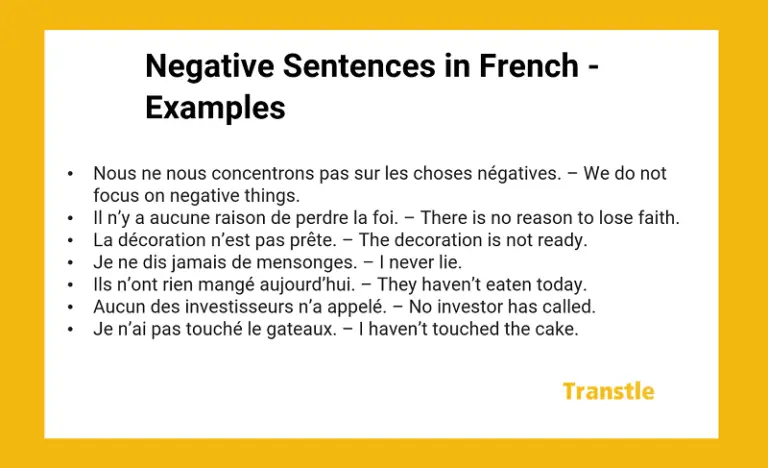
Agreement in gender and number
If the noun is accompanied by an article and/or an adjective, they must agree in gender and number.
Examples
La fille dort. – The girl sleeps. Les filles dorments. -Th egirls sleep. Le fil lit. – The boy reads. Les fils lisent. -The boys read. |
Quiz and exercises
Part 1.
- What is the basic structure of an affirmative sentence in French?
- How do you form a question in French using “est-ce que”?
- What is the structure of a negative sentence in French?
- Inverting the subject and verb is another way to form questions in French. True or False?
- What is the purpose of the word “ne” in a negative sentence in French?
Part 2.
- Transform the following sentence into a question using “est-ce que”: “Tu parles français.”
- Turn the following sentence into a negative sentence: “Je suis heureux.”
- Invert the subject and verb to form a question: “Tu aimes les croissants.”
- Write an affirmative sentence using the following subject, verb, and complement: “Elle / écouter / de la musique.”
- Turn the following sentence into a negative sentence: “Nous allons au parc.”
- Form a question using the following subject, verb, and complement: “Vous / aimer / le chocolat.”
Read next

